From Service to Shelter: Housing Veterans in Rural America
No veteran who has risked his or her life to protect our homes should return to find that they are not able have their own. For their sacrifice, it is imperative that we ensure our veterans have access to safe, affordable, and secure housing. This can be particularly challenging in rural America due to vast geographies, limited resources, and less social service infrastructure. The overall demographic picture of veterans will undergo major shifts in the coming years. As two wars overseas wind down, more veterans will be coming home. Returning to all corners of our nation, they will have housing needs to be addressed. The demographic changes associated with the baby boom generation and the overall graying of America will also shape veterans housing needs. The aging veteran population will have its own unique challenges. Ensuring that their housing needs are met is the least we can do to thank them for their service to this country.
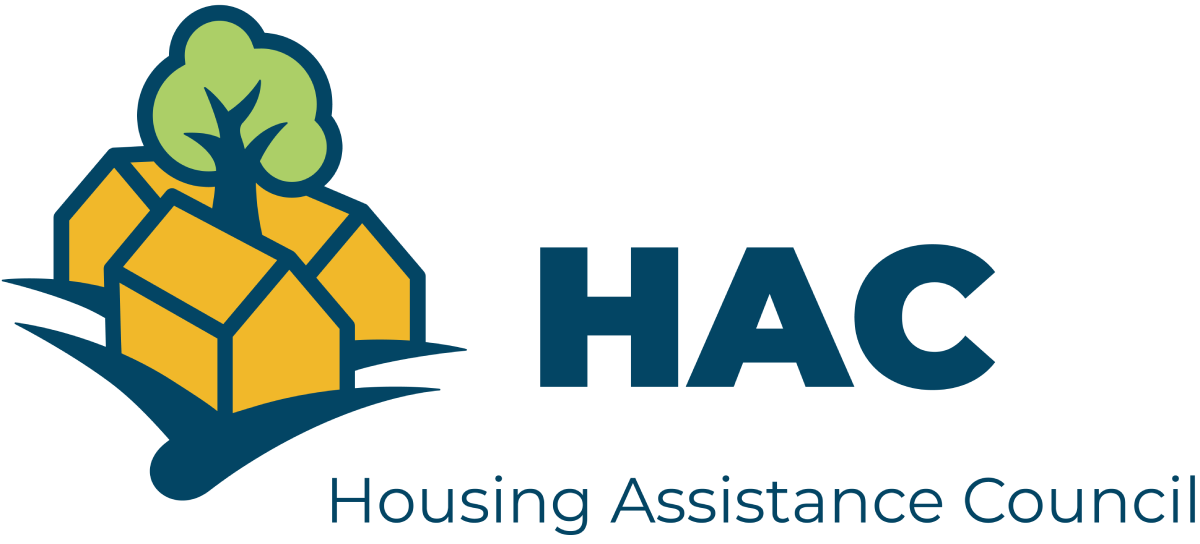
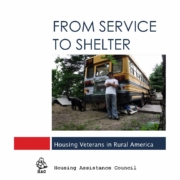 Housing Assistance Council
Housing Assistance Council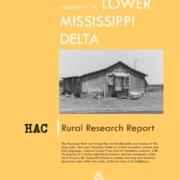
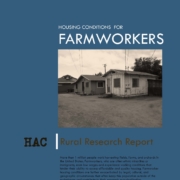
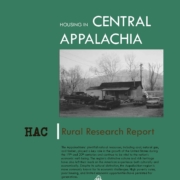
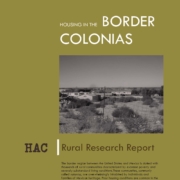 Test
Test
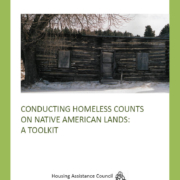 HAC
HAC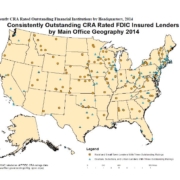
 Download the Report
Download the Report Download the Report
Download the Report